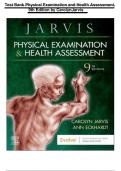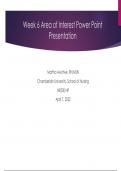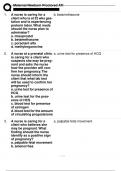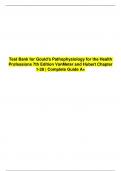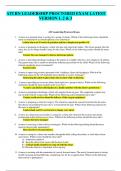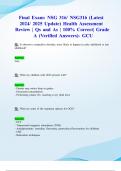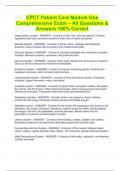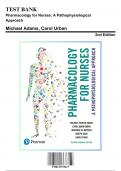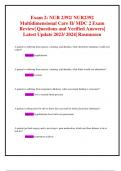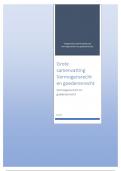Exam (elaborations)
Test Bank for Physical Examination and Health Assessment 9th Edition by Carolyn Jarvis, Ann Eckhardt / All Chapters 1-32 / Full Complete
- Module
- Institution
- Book
Test Bank for Physical Examination and Health Assessment 9th Edition by Carolyn Jarvis, Ann Eckhardt / All Chapters 1-32 / Full Complete
[Show more]
